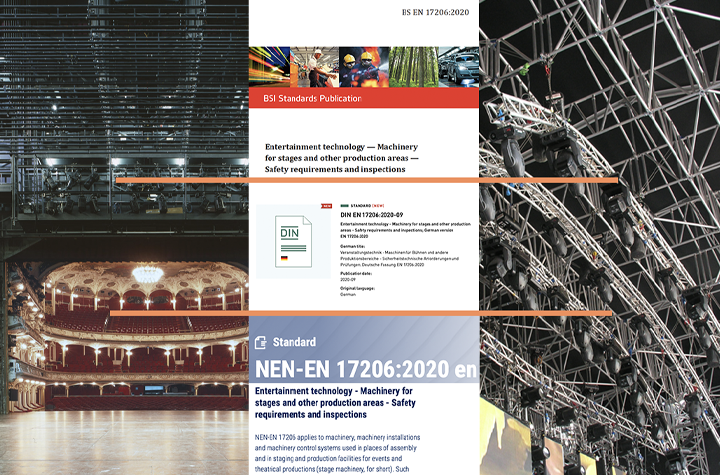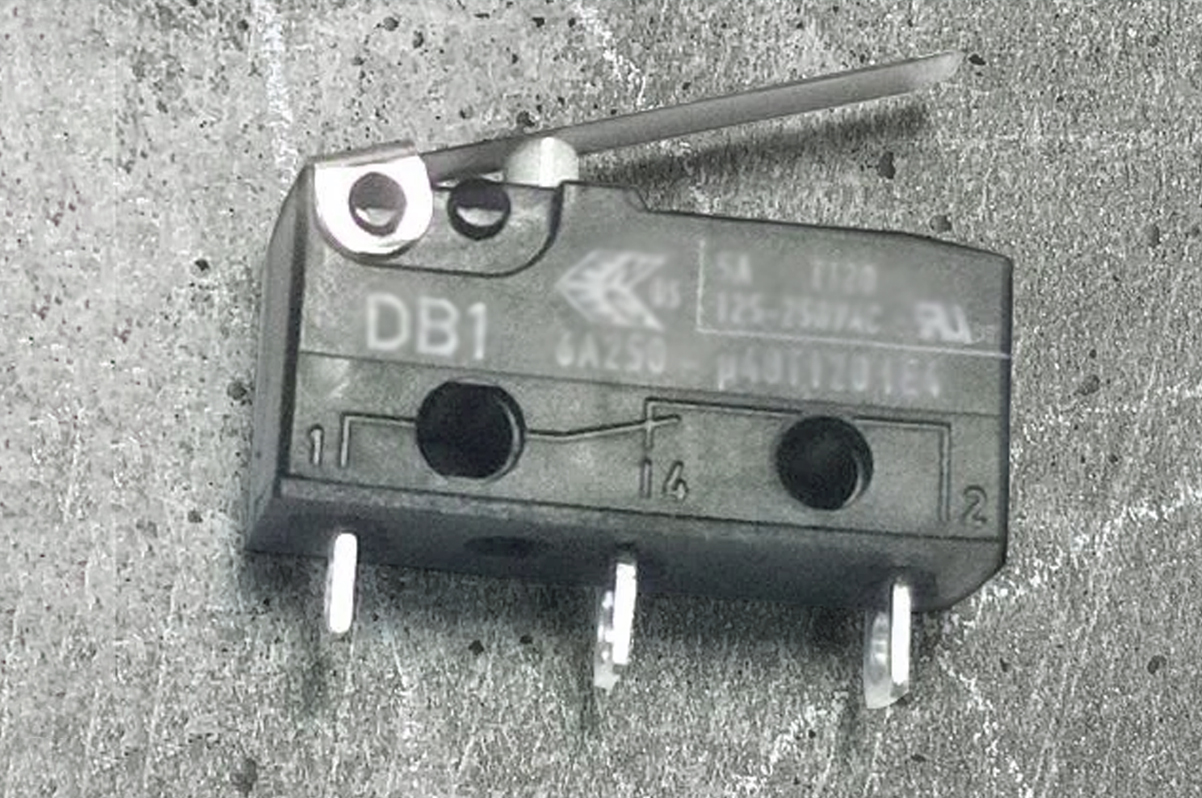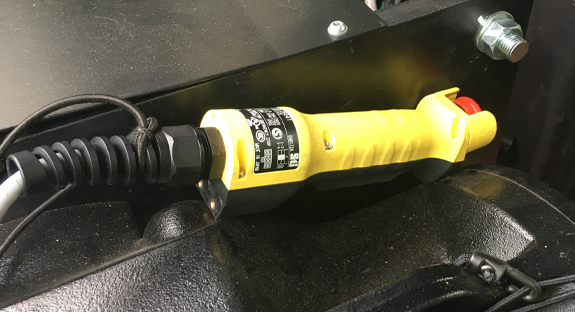Safety requirements and inspections
Introduction
In the spring of 2020, the long-awaited European standard for safety requirements of stage machinery was published by Technical Committee CEN/TC 433. And within a few months EN 17206:2020 was adopted by several European standardisation bodies. Hence, it is now widely available as BS EN 17206, DIN EN 17206, NEN EN 17206, NF EN 17206, SIST EN 17206, SS EN 17206, UNI EN 17206, PNE EN 17206, etc.
The EN 17206 standard deals with safety requirements related to machinery, machinery installations and machinery control systems used in places of assembly and in staging and production facilities for events and theatrical productions (stage machinery, for short). Such facilities include theatres, multi-purpose halls, exhibition halls; film, television and radio studios; concert halls, schools, bars, discotheques, open-air stages and other rooms for shows and events.
The document provides a list of significant hazards that should be considered when assessing the design or installation of stage machinery and provides a normative annex with examples of hazards and risk origin [Annex A].
In EN 17206, stage machineries have been categorised based on common risk scenarios (without people in the hazard zone during motion, with people in the hazard zone during motion and moving people). For each of these scenarios, a Use Case [UC] has been applied.
Use Cases are one of the most important elements of this standard and safety-related requirements are specific for each individual UC. UCs are described and explained in a normative annex [Annex B].
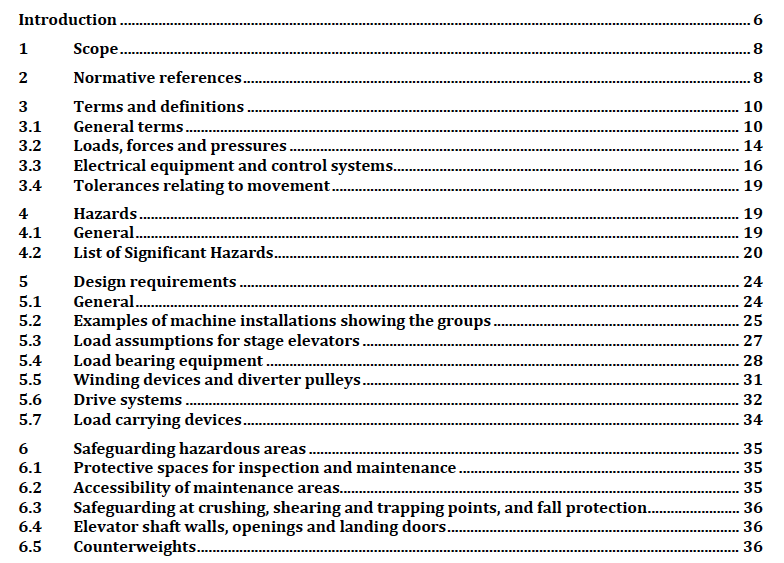
Figure 1: View of the chapter headlines from EN 17206’s table of contents.
The Design Requirements cover load assumptions for upper and lower machinery – including stage elevators – load-bearing equipment and drive systems, load-bearing lines (such as ropes and chains) and load carrying devices.
The standard also introduces the concept of ELL, the Entertainment Load Limit which should be clearly marked on the machinery to be applied for each use case.
Stage machinery and automation control system safety-related requirements are thoroughly explained and safety functions and control functions in the event of failure are at the core of the Electrical equipment and control system chapter. EN 17206 also includes an informative annex which gives a list of recommended safety functions and measures related to each UC [Annex C].
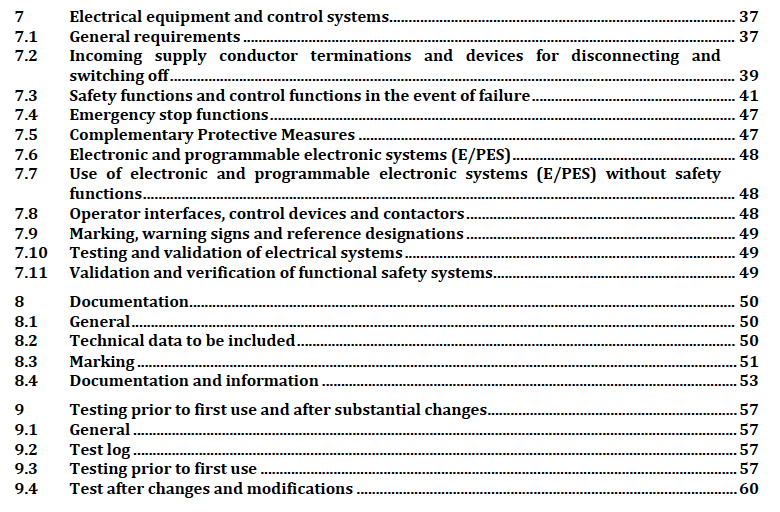
Figure 2: More chapters from the standard’s table of contents.
The Safeguarding Hazardous Areas chapter deals with the protection of spaces for installation and maintenance, accessibility of such areas, safeguarding at crushing, shearing, trapping points and fall protection. The chapter also covers elevator openings and landing doors.
The requirements for Documentation, data to be included and information are well explained in chapter 8 of EN 17206. The section for the data to be provided is supported by a normative annex listing that is called End user information to be supplied by the stage machinery manufacturer [Annex D].
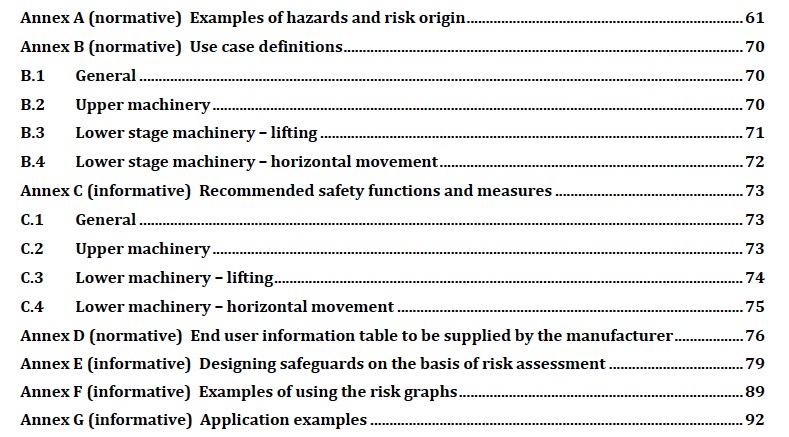
Figure 3: The annexes included in EN 17206.
Chapter 9 for Testing prior to first use and after substantial changes gives detailed requirements about testing prior to the first use of machinery and what is required after changes and modifications have been made.
The EN 17206 standard also provides three informative annexes to guide stage machinery manufacturers and system integrators in Designing safeguards on the basis of risk assessment [Annex E], Guidance for risk evaluation values for control system functions [Annex F] and a few Application Examples to help in the allocation and assessment of the safety requirements [Annex G].
The interpretation of EN 17206 is supported by chapter 3 Definitions, in which concepts such as (for example) characteristic load, load at failure, entertainment load limit, load profile monitoring, load securing device, etc. are well defined and explained.
The EN 17206:2020 standard supersedes CWA 15902-1:2008.
In our upcoming articles, we’ll try to explain a bit more about the elements within this document and how they are linked together.
